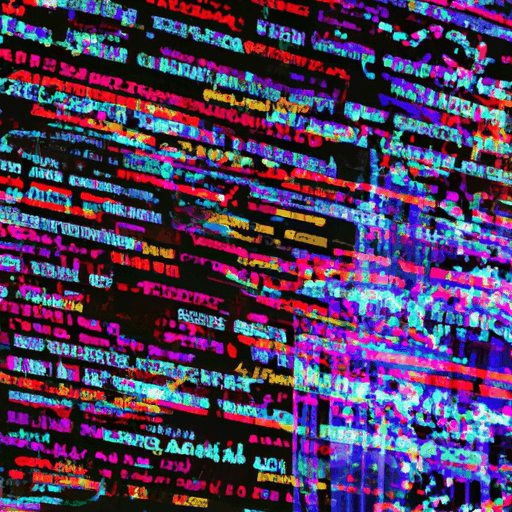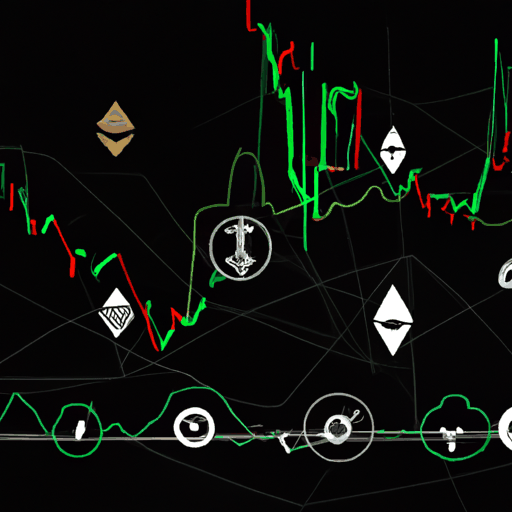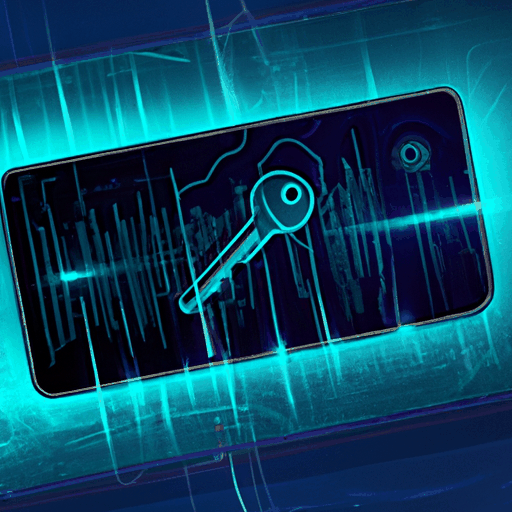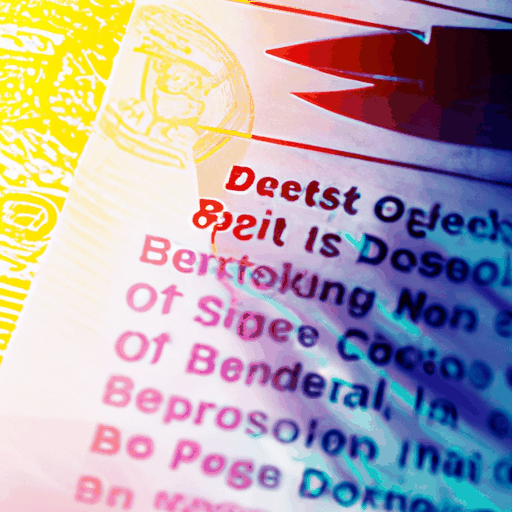
OpenAI Unveils New AI Models to Enhance Reasoning and Coding
By: Eliza Bennet
OpenAI has introduced a groundbreaking series of AI models named OpenAI o1, designed to significantly boost reasoning capabilities for addressing complex problems. The o1-preview and o1-mini models are set to revolutionize fields like science, coding, and mathematics by spending more time thinking through issues before generating responses.
As reported by OpenAI, these state-of-the-art models have undergone training to refine their thought processes, allowing them to explore different strategies and learn from mistakes. In testing, the soon-to-be-released model update performed on par with PhD candidates in challenging benchmark exams for physics, chemistry, and biology. Remarkably, the reasoning model solved 83% of problems in a qualifying exam for the International Mathematics Olympiad, far surpassing GPT-4’s 13% success rate.
For developers, the o1 series models represent a significant advancement in coding. Achieving the 89th percentile in Codeforces competitions, these models are tailored to enhance coding capabilities. OpenAI o1-mini, a smaller and more budget-friendly version, is 80% cheaper than o1-preview and excels in generating and debugging sophisticated code.
The implications of these enhancements are far-reaching for the crypto industry. In a domain where complex code and mathematical reasoning are crucial, the advanced capabilities of the o1 models can greatly benefit smart contract development, blockchain protocol analysis, and security auditing.
Moreover, OpenAI has integrated a new safety training approach, which allows these models to adhere to safety and alignment guidelines more effectively by reasoning through policies via a chain of thought process. In rigorous jailbreaking tests, the o1-preview model demonstrated a significantly higher adherence to safety rules compared to GPT-4.
OpenAI’s president and co-founder, Greg Brockman, has highlighted that the o1 technology delivers new opportunities for safety improvements, showing marked enhancements in reliability, reduced hallucinations, and increased resistance to adversarial attacks. He emphasized that the models’ step-by-step reasoning capabilities enable what he terms “System II thinking,” facilitating the handling of more complex tasks.
The o1 models are currently accessible to ChatGPT Plus and Team users, with access for Enterprise and Edu users anticipated to follow soon. Developers meeting specific API usage criteria can also begin prototyping with both models, although some features like function calling and streaming are not yet supported.
Looking ahead, OpenAI plans to persist in the development and release of models in both the GPT and o1 series, with an ambition to add functionalities like browsing as well as file and image uploading, making these models more useful and versatile.



